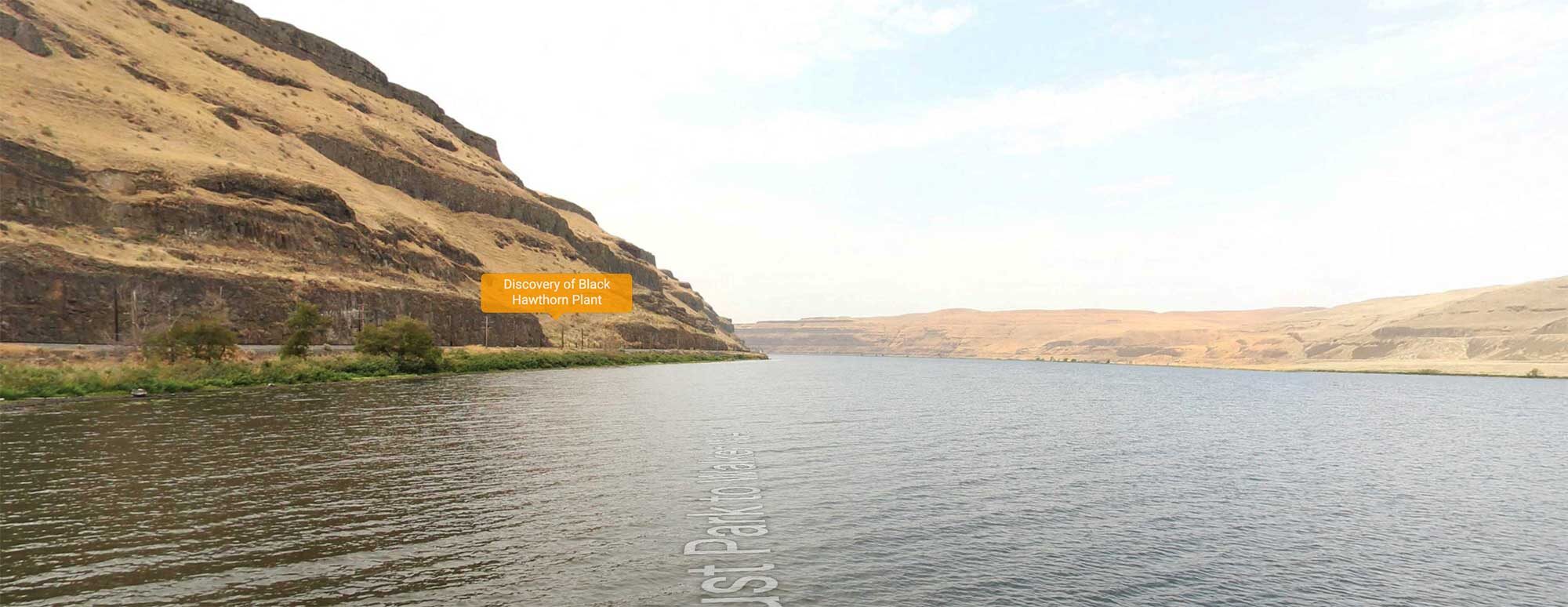Lower Snake River

The Clearwater Basin of North Central Idaho provides excellent habitat for wild salmon and steelhead. The Wild Clearwater Country is the northern half of the Big Wild, which contains the largest remaining roadless, and undeveloped stretch of wildlands left in the lower 48 states. Native wild salmon and steelhead populations have called this place home for millennia.
The Lewiston Dam was built approximately 4-miles upstream from the confluence of the Clearwater River and lower Snake River in the 1920’s. It was removed during the 1970’s. Over the span of fifty years, wild Chinook salmon populations virtually ceased in the basin, while wild steelhead struggled to navigate the fish ladder(s) and populations plummeted.
The four Snake River dams on the lower Snake in southeast Washington were completed in the 1960’s and 1970’s. Lower Granite Dam is located approximately 40-miles downstream of Lewiston, Idaho. Further downstream are Little Goose Dam, Lower Monumental Dam, and Ice Harbor Dam. Together they create approximately 140 miles of slackwater, and made Lewiston, Idaho the “farthest inland seaport” on the west coast.
The proposal to build the four lower Snake River dams drew strong opposition, particularly from state and federal fish biologists. They argued that damming the free-flowing lower Snake River would decimate wild fish runs. Despite objections, Congress approved construction. By the 1990’s, lower Snake River Coho were extinct, and lower Snake River spring Chinook, fall Chinook, and steelhead were listed as threatened or endangered under the Endangered Species Act.
Distance Unit: